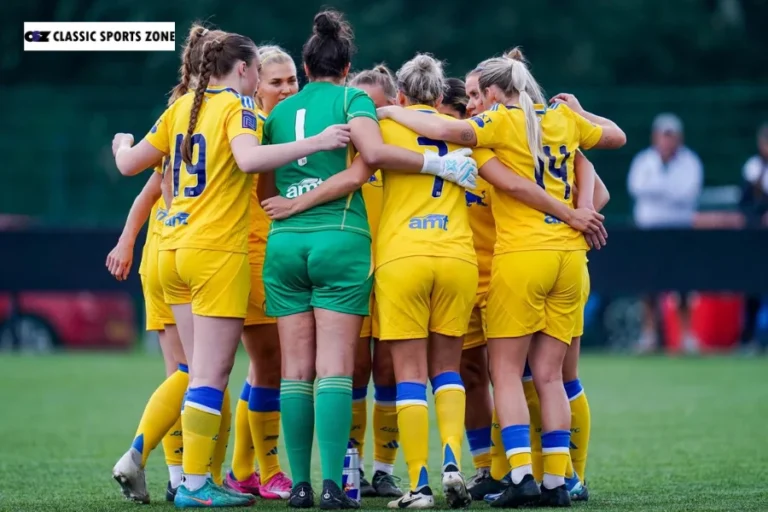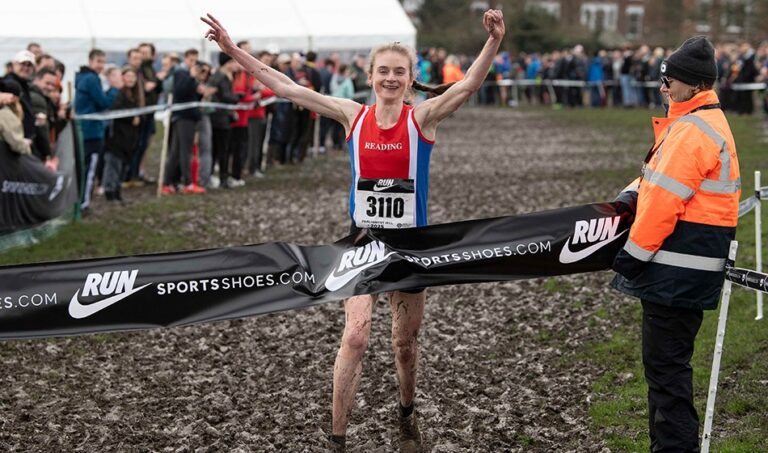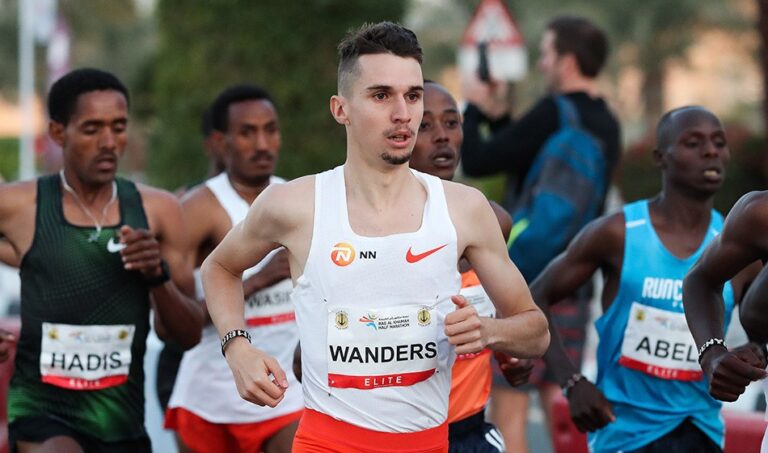
Any event, for a club situated in the “Support of Football”, Everton’s set of experiences is surprising. In their 138 years of presence, they have spent just four years outside the first class of English football. During this time, they have brought home nine Association championships, five FA Cups and the 1985 Cup Victors’ Cup. Beginning around 1892, the club has been playing its home games at Goodison Park, the primary significant football arena in Britain.

Everton History
The Everton Football Club was initially achieved by St. Domingo Church Sunday School. Following two years as St. Domingo’s FC the named was changed to Everton, after a locale in Liverpool.
Everton FC immediately arose as one of the top football clubs of their time. They were among the twelve establishing individuals from the Football Association, the principal proficient football contest on the planet. Their most memorable taste of flatware came in 1891, with the club coming out on top for its most memorable Association championship the third version of the Football Association.
n 1893, they arrive at their most memorable FA Cup last (a misfortune against Wolverhampton). It wasn’t all roses for the club, in any case; Everton would wrap as other participants multiple times prior to guaranteeing their subsequent Association title in 1915, with just a solitary FA Cup in the middle between.
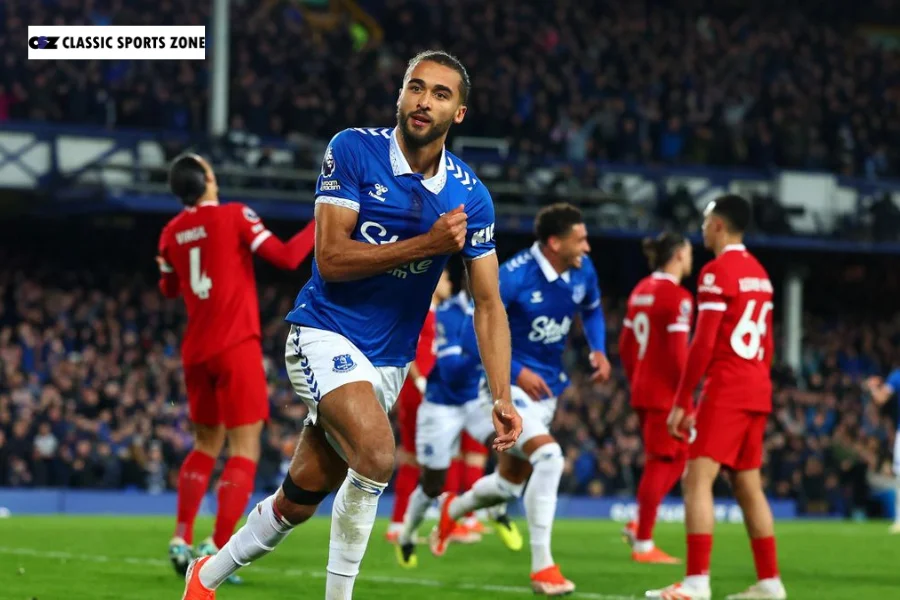
Everton got back to the football map with the securing of Dixie Dignitary from Tranmere Wanderers in 1925. On the rear of Dignitary’s amazing 60 association objectives – still the English first class record – club came out on top for their third Association championship in 1928. Senior member stayed a productive striker in the years to come, driving Everton to another Association title in 1932 and a FA Cup in 1933. He left the club as their top goalscorer ever, with 349 objectives in 399 appearances.
The post-war time frame
In the wake of coming out on top for their fifth Association championship in 1939, the flare-up of WWII left Everton’s time of strength speechless. The post-war time frame was undeniably less kind to the club, which at first attempted to rediscover their previous structure. Their fortunes changed with the arrangement of Harry Catterick as supervisor in 1961; under his definitive presence, the club guaranteed another Association title in 1963. In 1966, they came from 2-0 down to beat Sheffield Wednesday in an essential FA Cup last. The club brought home their seventh Association championship in 1970, yet the remainder of the ten years was a genuinely frustrating undertaking, generally because of their most outstanding opponents Liverpool overwhelming the homegrown contests.
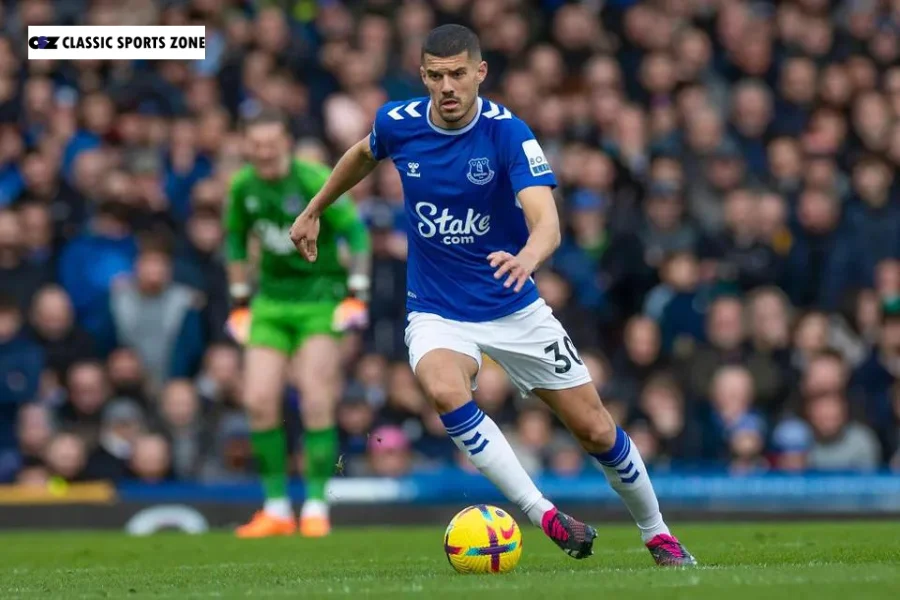
Everton’s last distinguishing strength came during the 80s, with Howard Kendall taking over administrative obligations. Subsequent to winning the 1984 FA Cup, the club one-increased it with their most memorable Twofold the next year; in the wake of guaranteeing an Association title, they won a Cup Victors’ Cup by overcoming Quick Wien 3-1 in the last. Under Kendall, the club would win their 10th and at this point, last Association title in 1987, with the Heysel misfortune keeping them from vieing for European prizes.
The Chief Association time
The club was undeniably less lucky in the Chief Association time, with the 1995 FA Cup being their main prize in the twenty years that followed. In the wake of being regulars in the lower half of the association table for some time, they had a smaller than usual resurgence under David Moyes, who drove the club to a fourth-place association finish in 2005 and the FA Cup last in 2009.
During the years 2007-2014 Everton figured out how to put themselves at the top portion of the association table each season.
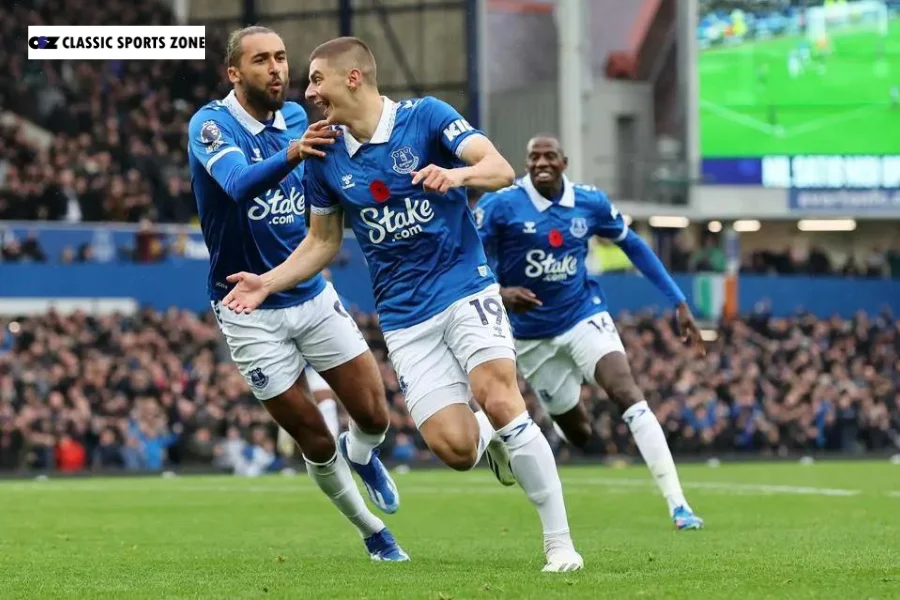
Everton Logo
Everton has been utilizing a few logos throughout the long term. In some the “EFC” letters have ruled, in others the drawing of Sovereign Rupert’s Pinnacle, which is situated in Everton Temple, has been generally apparent. Starting around 1938, a saying in Latin has been noticeable in many renditions of the logo.
Aston Villa: Building a New Football Legacy




